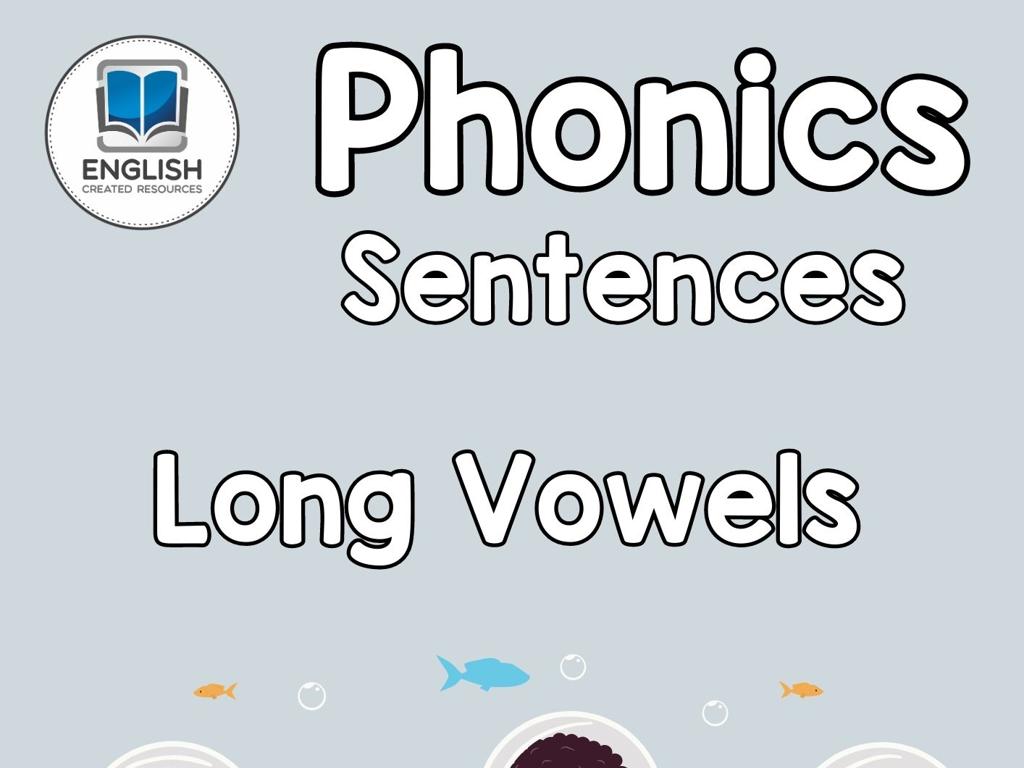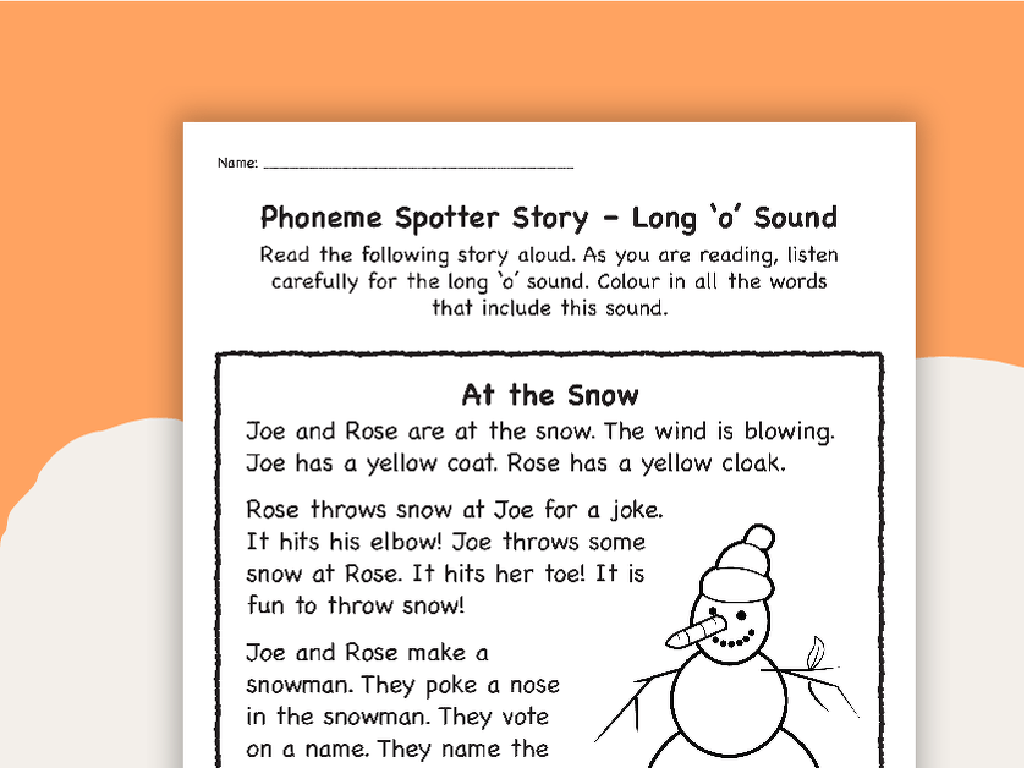Turn Words Into A Subtraction Sentence - Numbers Up To 10
Subject: Math
Grade: Kindergarten
Topic: Understand Subtraction Up To 10
Please LOG IN to download the presentation. Access is available to registered users only.
View More Content
Welcome to Subtraction!
– Subtraction means taking away
– When we subtract, we take some away from a group
– Numbers up to 10
– We will use numbers 1, 2, …, up to 10
– Like sharing toys
– Imagine giving some of your toys to a friend
– How many are left?
– We count what’s left to find the answer
|
This slide introduces the concept of subtraction to Kindergarten students using a relatable analogy of sharing toys. Start by explaining that subtraction is simply taking away some items from a total number. Use props or visual aids to demonstrate subtraction with small groups of items, ensuring to use numbers no greater than 10. Encourage the children to visualize the act of sharing toys with friends to make the concept more tangible. After sharing, help them count the remaining toys to find out how many are left. This practical approach helps them understand the basic idea of subtraction as a fun and interactive activity.
What is Subtraction?
– Subtraction means taking away
– If you have 3 toys and give 1 away, now you have 2.
– Numbers become smaller
– Like eating some of your cookies
– Imagine having 5 cookies and eating 2, you have 3 left.
– Subtraction in everyday life
– We use subtraction when we share snacks or during playtime.
|
This slide introduces the concept of subtraction to Kindergarten students by relating it to simple, everyday activities they are familiar with, such as sharing toys and eating cookies. Start by explaining that subtraction is just a way of taking some away from a group of things. Use physical props like cookies or toys to demonstrate this concept. For example, show 5 cookies, eat 2, and count how many are left. Reinforce the idea that the number of items gets smaller after some are taken away. Encourage the students to think of times when they have shared or given things away and how that made the total less. This real-world connection helps solidify the concept of subtraction in their minds.
Subtraction Words: Learning to Subtract
– ‘Less’, ‘take away’, ‘minus’
– Words signal subtraction
– Subtract one number from another
– Let’s practice with examples!
– If you have 5 apples and ‘take away’ 2, how many do you have left?
|
This slide introduces the basic vocabulary associated with subtraction for kindergarten students. Emphasize the words ‘less’, ‘take away’, and ‘minus’ as key terms that indicate a subtraction operation is needed. Use simple, relatable examples such as playing with toys or sharing snacks to illustrate these terms in a context they understand. Encourage the students to use their fingers or objects to physically represent the subtraction process. For example, if they have 10 blocks and they ‘take away’ 3, how many blocks are left? This hands-on approach will help them grasp the concept of subtraction more effectively. Prepare to guide them through several examples, and ensure they understand that subtraction means the number of items is getting smaller.
Turning Words into Subtraction Sentences
– ‘5 take away 2’ means ‘5 – 2’
– ‘7 apples, give 3 away’ is ‘7 – 3’
– Practice with word problems
– Use everyday scenarios to create subtraction sentences.
– Share your subtraction sentences
– We’ll write them on the board together!
|
This slide is aimed at helping Kindergarten students understand how to translate verbal phrases into subtraction sentences. Start by explaining that subtraction means taking away something from a group. Use simple, relatable examples like playing with toys or sharing snacks to illustrate this concept. Encourage the students to listen carefully to phrases that imply subtraction and then write them down as number sentences. During the practice, provide various word problems and guide them to form the corresponding subtraction sentences. Finally, have a collaborative session where students share their sentences and write them on the board to reinforce their learning.
Example Time: Balloon Subtraction!
– Start with 10 balloons
– Imagine 4 balloons fly away
– How many are left?
– Use fingers to count remaining balloons
– Write it as ’10 – 4′
– This is a subtraction sentence
|
This slide introduces the concept of subtraction using a relatable and visual example of balloons. Start by asking the students to visualize or use props to represent 10 balloons. Then, have them imagine 4 balloons flying away, which introduces the action of subtraction. Encourage the children to use their fingers to count how many balloons are left, reinforcing the concept of ‘taking away’. Finally, show them how to write this action as a subtraction sentence, ’10 – 4′, and explain that this is how we represent the idea of subtraction in math. This hands-on approach helps solidify the concept of subtraction for young learners.
Let’s Practice Subtraction Together!
– Listen to a subtraction story
– Turn the story into a subtraction sentence
– If 5 apples and 2 are eaten, what’s the sentence?
– Use blocks and fingers to subtract
– Counting blocks or fingers helps us see the answer
– Remember, subtraction means take away
|
This slide is for a class activity to help Kindergarten students understand the concept of subtraction by turning word problems into subtraction sentences. Start by reading a simple subtraction story to the class. Then, guide the students to translate the story into a subtraction sentence (e.g., ‘5 – 2 = 3’). Use tangible objects like blocks or fingers to visually demonstrate the subtraction process, reinforcing the concept that subtraction is taking away. Encourage the students to participate by using their own fingers or blocks to solve the problems. Possible activities include: using different colored blocks for different numbers, having students come up to the board to write their sentences, or pairing students to solve problems together.
Class Activity: Subtraction Storytime
– Create subtraction stories with toys
– Share your toy sharing story
– Count how many toys are left
– If you start with 5 blocks and give away 2, how many do you have now?
– Write the subtraction sentence
– Example: 5 toys – 2 toys = 3 toys left
|
This interactive activity is designed to help Kindergarten students understand the concept of subtraction in a fun and engaging way. Each student will use toys to create a story that involves sharing, which will naturally lead to a subtraction scenario. For instance, a student might say, ‘I had 5 teddy bears, and I gave 2 to my friend.’ The class will then help count the remaining toys to find out how many are left. This real-life application helps solidify the concept of ‘taking away’ in subtraction. The teacher will guide the students to translate their stories into subtraction sentences and write them on the board, reinforcing the lesson. Possible variations of the activity could include using different toys, sharing with different numbers of friends, or starting with different numbers of items to ensure that all students can participate and learn.
Review and Goodbye!
– Celebrating our learning
– Turning words into subtraction
– We learned to write sentences like ‘5 apples – 2 apples = 3 apples’
– Subtraction means ‘taking away’
– It’s like having 5 cookies and eating 2, how many are left?
– Practice makes perfect
|
Today’s class was a success, and the children have made great progress in understanding the basics of subtraction. Reinforce the concept that subtraction is the process of finding out the remaining quantity when a certain number is taken away from a total. Encourage the children to practice with real objects at home, like toys or snacks, to further solidify their understanding. Remind them to use the skills they’ve learned today to turn word problems into subtraction sentences, and to keep practicing with numbers up to 10. Celebrate their effort and remind them to keep practicing at home!






